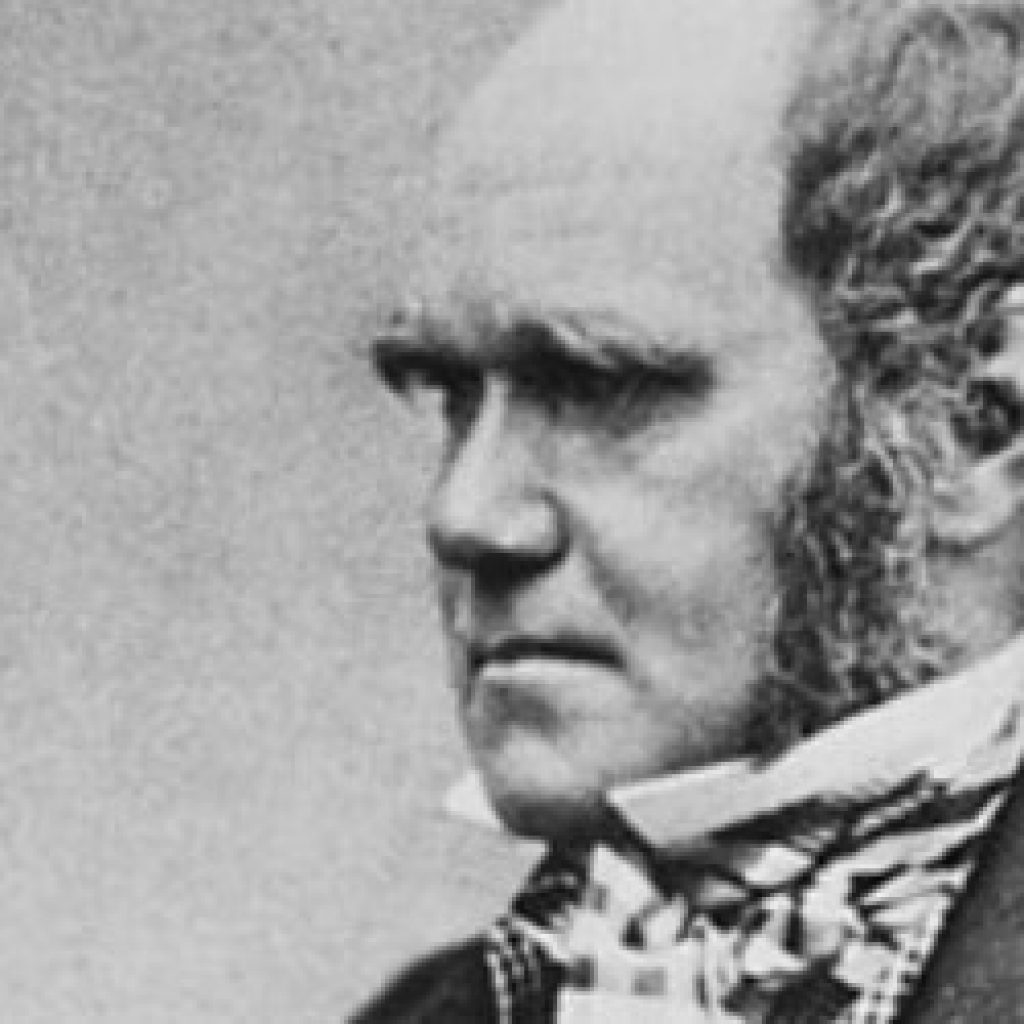(ScienceAlert) Scientists have been on the hunt for a way to reconcile the two disparate physics for decades. “Big” objects, anything from a grain of sand to a galaxy, abide by one set of rules – classical physics – tiny objects, such as atoms and particles, abide by an entirely different set, a discovery that gave birth to quantum physics around 1900.
Now, a theory first proposed by Polish theoretical physicist Wojciech Zurek in 2003 is starting to gain traction as a potential source of enlightenment: quantum Darwinism.
Superposition is one of the stranger aspects of the quantum world–that is the ability of a quantum system to exist in more than one state at one time. The system seemingly only snaps into one state or the other – moving from the quantum world to the classical – the moment we observe it. That process is called decoherence, and quantum Darwinism is an attempt to explain it.
Rather than our observation being the thing that forces the quantum system into one state or another, quantum Darwinism suggests that it’s the system’s interactions with the environment causing decoherence. That, proponents say, would explain why we don’t see macro objects in a quantum state – they’re always subjected to environmental factors.
When a particle interacts with its environment, all the superpositions of those characteristics – alternate locations or speeds – decohere, leaving just the pointer state, which many people can observe because it “imprints” replicas of itself on the environment.
That’s where the idea of Darwinism comes into play: only the “fittest” state – the one best suited for its particular environment – survives the process of decoherence.
‘Quantum Darwinism’ Explains Only the ‘Fittest State’ Survives Decoherence
